History
A whistle-stop tour of Norwegian history, from prehistoric times to the oil era, via the Vikings.
Although modern Norway has only existed for 200 years, the story of the Nordic lands is a long one. From the first settlers of this former glacial land to the modern era of engineering and technology, there's so much to learn.
If you're looking for a shorter version, check out our Norway timeline. But for more detail, you can read on. So grab a cup of coffee and get comfortable as we take a trip back in time.
The early history
The land now known as Norway emerged from the last Ice Age thanks to the warming effect of the Gulf Stream. The glacial land became habitable from around 12,000 BC.
The long coastline and good conditions for sealing, fishing, and hunting attracted people in numbers.
Although it is believed that people arrived earlier, the oldest human skeleton found in Norway was carbon-dated to 6,600 BC. This incredible find was found in the waters of the Sognefjord as recently as 1994.
As people in the north began to travel on basic wooden skis and use slate tools, the Oslofjord region became suitable for farming thanks to tools and techniques from farther south.
Sometime around 2,500 BC, farming spread quickly northwards across the country, and oats, barley, pigs, cattle, sheep, and goats became commonplace.
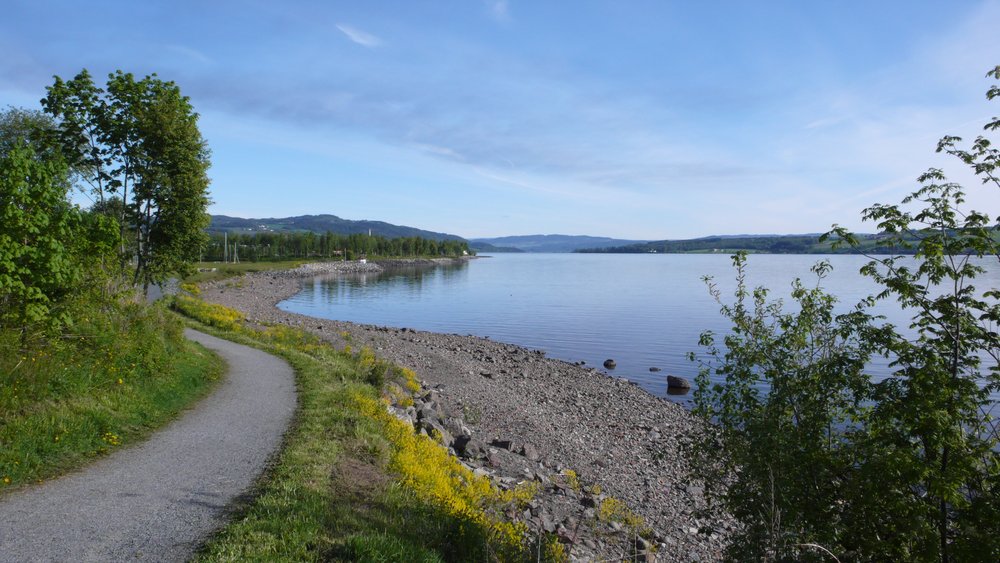
Fertile areas around the Oslofjord, Trondheimsfjord, Lake Mjøsa (near Lillehammer) and Jæren (near Stavanger) began to create wealth for these emerging farming communities.
Speakers of Uralic languages arrived in the north and mixed with the indigenous population, becoming the Sami people of today.
Norway in the Iron Age
The Iron Age led to better tools and easier cultivation. New areas were cleared as the population grew with the increased harvests. An entirely new social structure evolved.
Read more: Scandinavia Before the Vikings
When sons married, they would remain in the same house creating an extended family known as a clan. This social system offered protection for family members from other clans.
If and when conflicts arose, the issues would be resolved at a thing, a sacred place where all freemen from the surrounding areas would assemble and could determine punishments for crimes. Common punishments for more minor offenses included fines, payable in food.
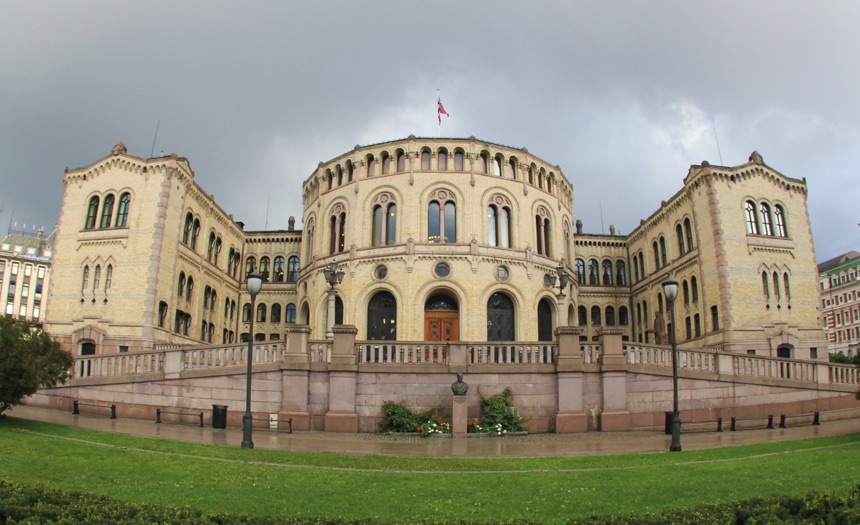
The word ‘thing’ is still used today to refer to council chambers. The Norwegian translation of the Norwegian Parliament, Stortinget, literally translates as ‘The Big Thing’.
From the first century AD, the expanding Roman Empire began to exert significant cultural influence. Norwegians created a runic alphabet and began trading furs and skins for luxury items from other lands.
Some of the most powerful farmers became chieftains and their power increased during the Migration Period between 400 and 550 as other Germanic tribes migrated northwards and local farmers wanted protection.
The beginning of the Viking era
Perhaps the most famous period in Norwegian history, the Viking Age was a period of expansion not just for Norway, but the whole Nordic region.
Read more: Popular Viking Names
Far from just barbaric, ax-wielding invaders, the Vikings created complex social institutions, oversaw the coming of Christianity to Scandinavia, and left a major impact on European history through trade, colonization, and far-flung exploration.
The first record of the Vikings was the late 8th-century raid on Lindisfarne, an island off the northeast coast of England.
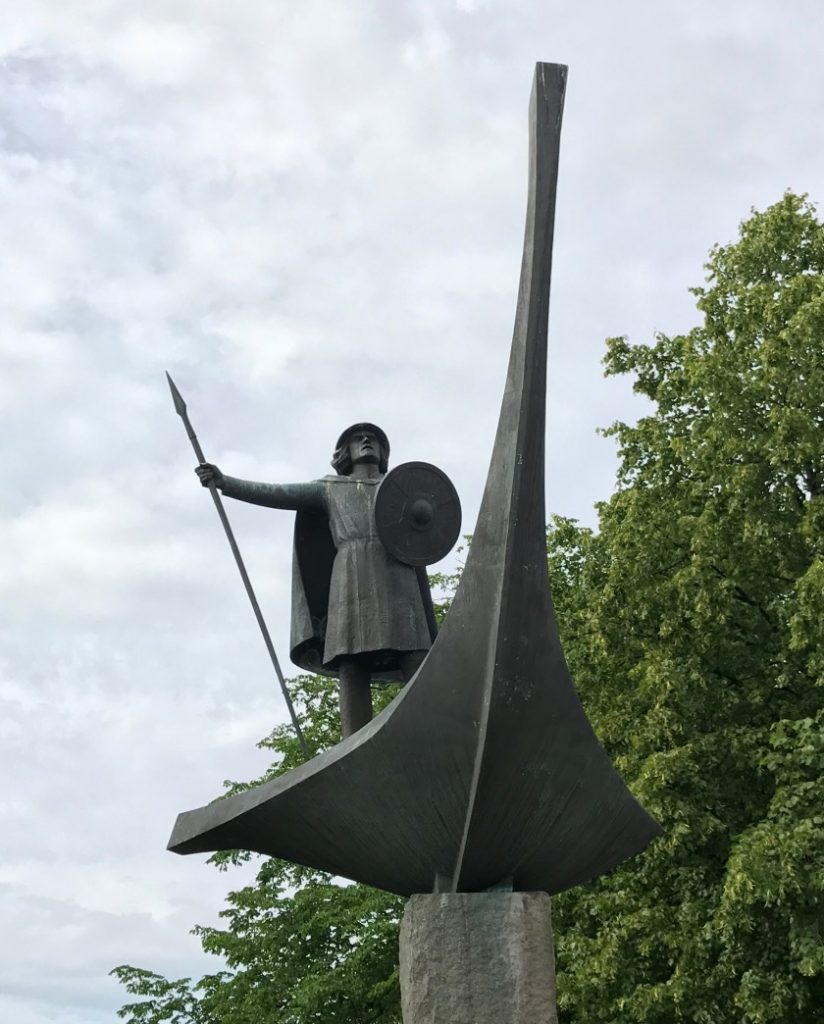
It was quite the way to announce themselves, as at the time, Lindisfarne monastery was considered one of the great sanctuaries of the Christian Church in western Europe.
The Anglo-Saxon Chronicle stated: “In this year fierce, foreboding omens came over the land of the Northumbrians, and the wretched people shook; there were excessive whirlwinds, lightning, and fiery dragons were seen flying in the sky.
Read more: The Complete History of the Vikings
These signs were followed by great famine, and a little after those, that same year on 6th ides of January, the ravaging of wretched heathen people destroyed God's church at Lindisfarne.”
Vikings proceeded to raid a monastery at Jarrow in Northumbria. with southern Wales and Ireland falling victim to invasions soon after.
Over a thousand Old Norse words influenced modern English along with more than 1,000 place names in northeast England and the Scottish islands.
Vikings were well trained with good weapons and chain-mail armor, and their belief that being killed in battle resulted in them going to Valhalla gave them a psychological advantage in the battle for many years.
Misconceptions about the Vikings remain today. For example, the myth that Vikings wore horned helmets was actually an invention of 19th-century Romanticism.
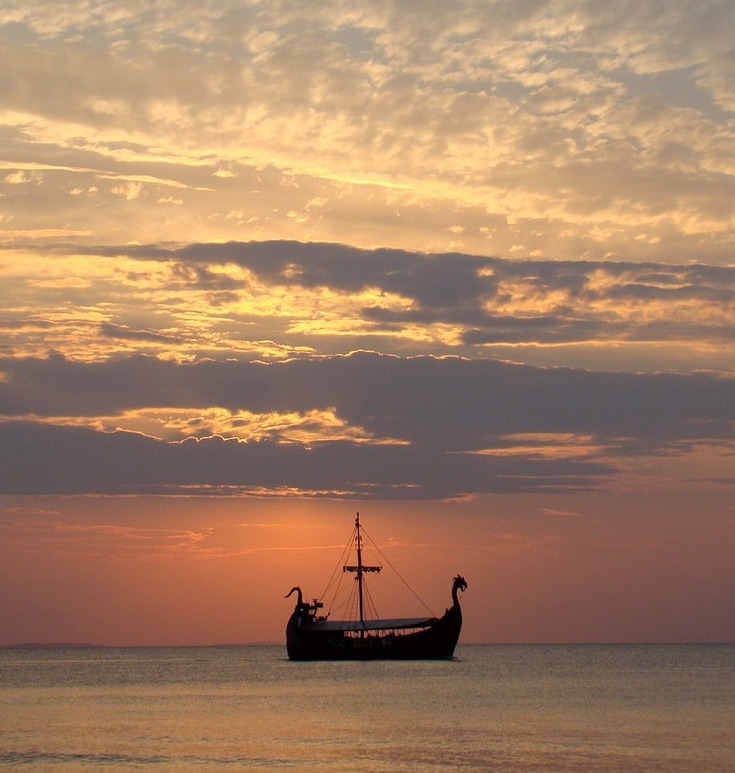
Although many women stayed to look after the household during Viking raids, some women and even children traveled with the men. One of the most fearsome Viking commanders was a woman, known as the Red Maiden.
Read more: Think you know about the Vikings?
The raids produced riches and slaves, which the Vikings brought back to Scandinavia to work the farms. As farmland grew scarce and resistance against the invasions grew in England, the Vikings began to look at targets further afield, such as Iceland, Greenland, and Newfoundland.
During the 9th-century, the largest chieftains began a long period of civil war until King Harald Fairhair was able to unite the country and create the first Norwegian state.
From Vikings to Christianity
Early Vikings saw Christianity as a heretical threat to their own pagan beliefs. But in fact, Christian monks and missionaries were active in Scandinavia throughout the Viking Age. It took until the era of Olav Tryggvason (963-1000) for the tide to begin to change.
He is believed to have built Norway’s first church although information about him is sparse. He did however found the city of Trondheim (then called Nidaros) and a statue of him today stands high above the city’s main square.
Following Tryggvason’s death, it was Olav Haraldsson who began to pass church laws, destroyed pagan temples, build churches and appoint priests.
As many chieftains feared that Christianization would rob them of power, it took centuries for Christianity to be fully accepted.
For many years people adopted both faiths as an insurance policy in case one didn’t work out. Evidence of this can be seen today in the carvings on some of Norway’s oldest stave churches, which feature figures from Norse mythology.
The Middle Ages
After almost a century of peace, civil war broke out in 1130 because of ambiguous rules of succession.
The newly-created Archdiocese of Nidaros attempted to control the appointment of kings, which led to the church taking sides in the various battles. In 1217, Håkon Håkonsson introduced clear law of succession.
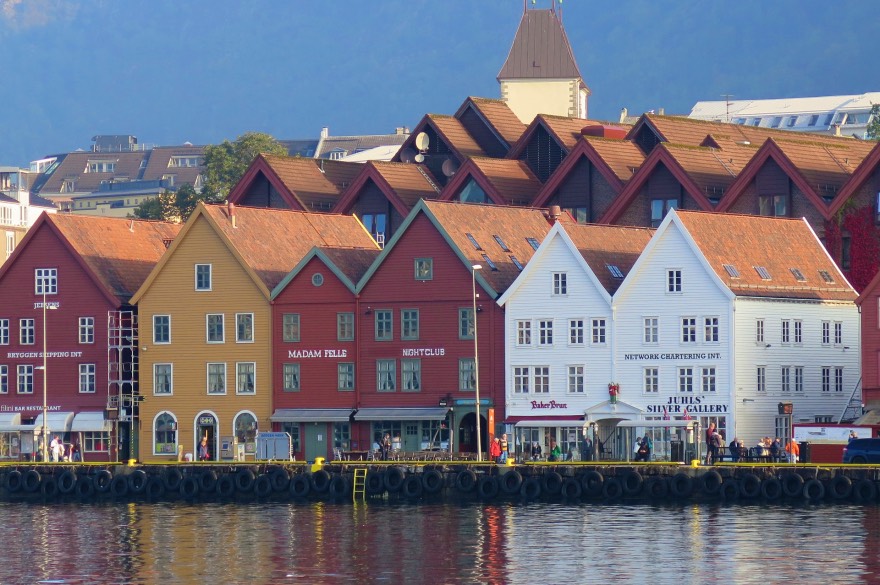
Through the 11th and 12th centuries, the population increased drastically and farms began to be subdivided, with many landowners turning over parts of their land to the king or the church in challenging times.
Throughout the 13th century, a tithe of around twenty percent of a farmer's yield went to the landowners.
Norway's Golden Age (at least until the much more recent discovery of oil) is widely accepted to be the late 13th and early 14th-century, a time of peace and growing international trade with Britain and Germany, most notably the Hanseatic League who took control of trade through Bergen.
However, this time of prosperity came to an abrupt end in 1349 as the Black Death arrived in Norway and killed a third of the population within a year.
Many communities were entirely wiped out and the subsequent reduction in tax income weakened the king's position and the church became increasingly powerful.
Political unions
In 1380 Olaf Haakonsson inherited the thrones of both Norway and Denmark and created a union, the start of a long period of political alliances and wars between the Scandinavian countries.
17 years later, the Kalmar Union was created between Norway, Denmark, and Sweden. Although the ruling Margaret I pursued a centralizing policy that favored Denmark’s greater population, Norway was too weak economically to pull out of the Union.
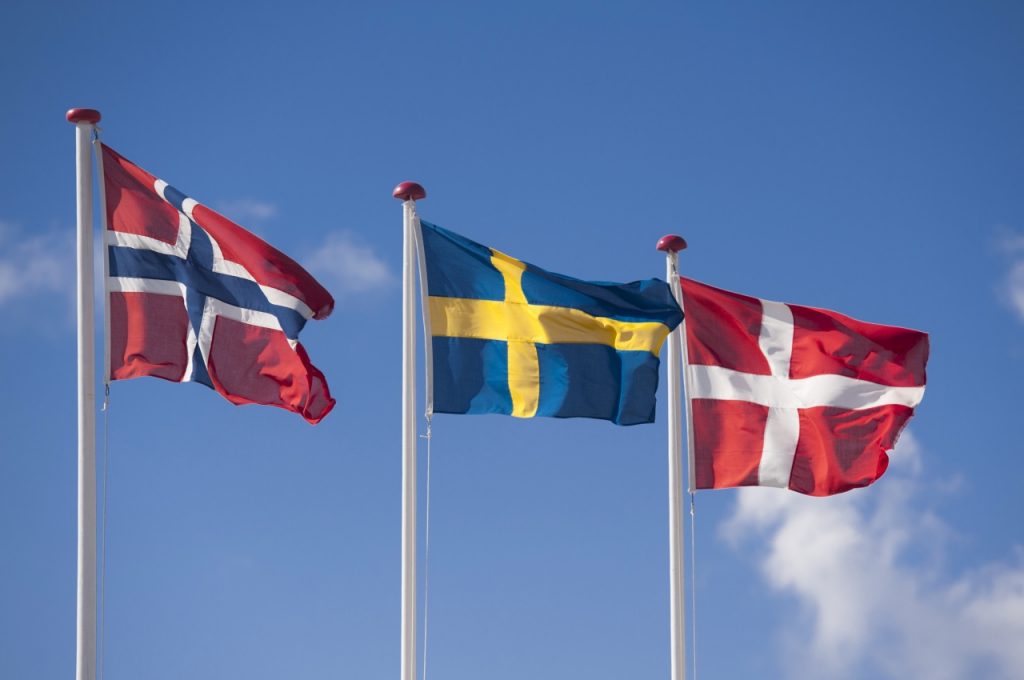
Supported by Margaret, the Hanseatic merchants formed their own state within the city of Bergen, further weakening Norway’s status. Norway continued to play a minor role in the Union until Sweden declared independence in the 1520s.
This created a Denmark-Norway nation ruled from Copenhagen. Frederick I of Denmark favored Martin Luther's Reformation and initially agreed not to introduce Protestantism to Norway but in 1529 he proceeded to begin the process.
Read more: Defining Scandinavia and Northern Europe
The Catholic resistance within Norway was led by Olav Engelbrektsson but found little support. Christian III formerly introduced Lutheranism, demoted Norway to the status of a Danish province and introduced the Danish written language, although Norwegian dialects remained in place.
During the 17th-century, Denmark entered into a series of territorial wars with Sweden, while Norway’s economy grew thanks in part to the timber trade.
The population also grew, from around 150,000 in 1500 to around 900,000 in 1800. Many Norwegians earned a living as sailors in foreign ships, especially the Dutch ships which came for the timber.
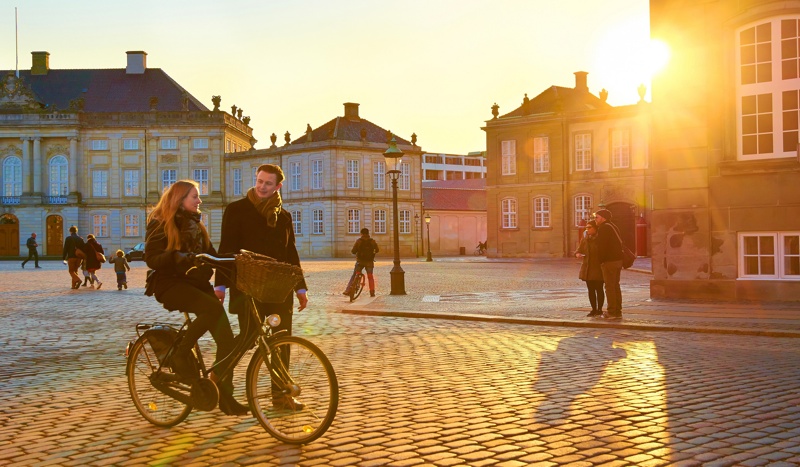
To avoid deforestation, a royal decree closed a large number of sawmills in 1688; because this mostly affected farmers with small mills, by the mid 18th century only a handful of merchants controlled the entire lumber industry.
Mining, including the Kongsberg silver mines and Røros copper mines, shipping, and fishing became the chief drivers of the economy. Throughout the period, Bergen was the largest town in the country, twice the size of Christiania (now Oslo) and Trondheim combined.
Norway as an independent nation
The economy suffered as Denmark–Norway backed France in the Napoleonic Wars and soon Sweden took an interest in Norway.
Following the defeat at the Battle of Leipzig in 1813, the Crown Prince of Denmark-Norway and resident viceroy in Norway, Christian Frederik, began a Norwegian independence movement.
A national assembly was called at Eidsvoll, but rather than elect Frederik as an absolute monarch the 112 members instead chose to form a constitution. It was written over the course of five weeks and adopted on May 17, 1814, the date which is celebrated today as Norwegian Constitution Day.
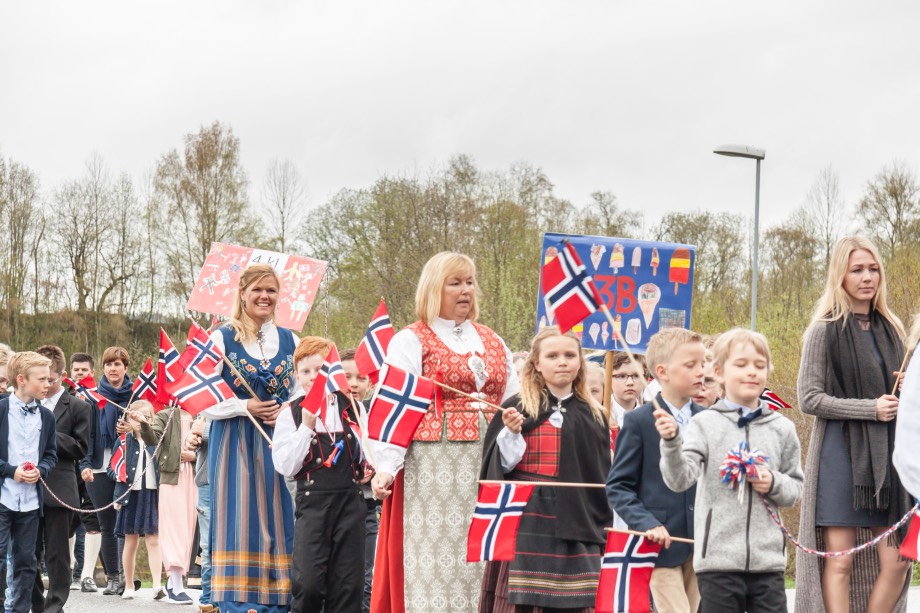
The constitution split the nation’s power between a King, a position to which Christian Frederik was appointed, and a new Parliamentary body.
Just weeks after the signing of the constitution, King Carl Johan of Sweden invaded Norway and due to economic troubles, Norway accepted Swedish rule, albeit with their constitution intact.
Rather than an independence day, May 17 became an important political rally every year during the years of the Sweden-Norway Union.
The Norwegian Americans
In search of a better life, Norwegians began leaving rural Norway for North America in 1825, with mass emigration occurring over the following 100 years.
Read more: One Big Royal Family: The British and Scandinavian Royals
By 1930, approximately 800,000 people had left Norway with the majority settling in the American Midwest, where Norwegian heritage and traditions remain strong to this day.
Improvements in agricultural technology and transport infrastructure, notably a railroad that connected Oslo with Trondheim for the first time, helped to grow the economy during the late 19th-century.
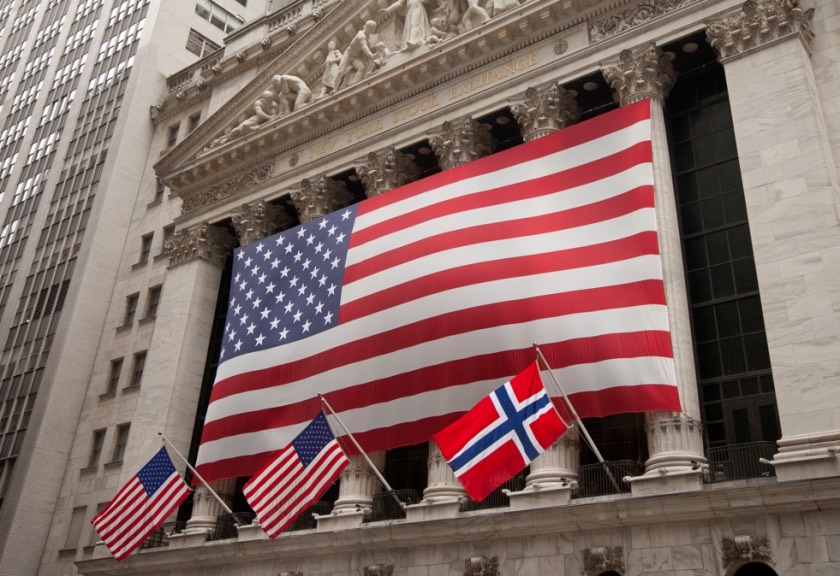
The shipping industry enjoyed a boom, and by 1880 there were 60,000 Norwegian seamen.
In 1913, Norway became the second country in Europe after Finland to give women the vote after years of campaigning from Liberal politician Gina Krog.
Listen: The Norwegian Americans
Although Norway adopted a policy of neutrality from 1905, the Norwegian merchant marine supported the British in World War I. Half the fleet was sunk and thousands of seamen were killed.
The interwar period was dominated by economic instability caused among other things by a succession of short-term governments, strikes, lock-outs, and deflation.
An occupied nation
Forces of Nazi Germany occupied Norway from the beginning to the end of World War II. The German goal was to use Norway to control access to the North Sea and the Atlantic, and to station air and naval forces to prevent convoys traveling between Britain and the USSR.
Read more: Norway in World War II
The government in exile, including the royal family, escaped to London. Politics were suspended and the government coordinated action with the Allies retained control of a worldwide diplomatic and consular service and operated the huge Norwegian merchant marine.
It organized and supervised the resistance within Norway, which numbered 40,000 by the end of the war.
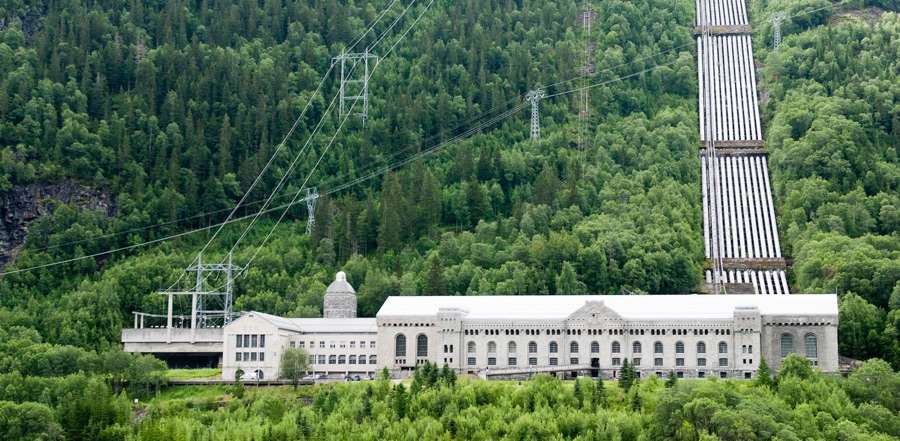
The home front relied on sabotage, raids, clandestine operations, and intelligence gathering to hinder German operations.
One of the most successful actions undertaken by the Norwegian resistance was the heavy water sabotage, which crippled the German nuclear energy project and has since been immortalized in several books and TV series.
The economic consequences of the German occupation were severe. Trading partners were lost and although Germany stepped in, it could not totally replace the lost export business, and in fact, confiscated more than half of what was produced within Norway.
Combined with a drop in productivity, Norwegians were quickly confronted with a scarcity of food so many turned to growing their own crops and keeping livestock.
In the latter years of the war, Hitler’s scorched earth policy left a lasting impact on Finnmark. Transport infrastructure and homes were burned to the ground with populations fleeing to the mountains and living in caves.
In early 1945, returning Norwegian forces slowly took back the region and helped the remaining population to deal with the harsh Arctic winter and occasional German air raids.
Post-war recovery
The immediate post-war years saw an increase in Nordic collaboration, including the creation of the Scandinavian Airlines System (SAS) and the Nordic Council.
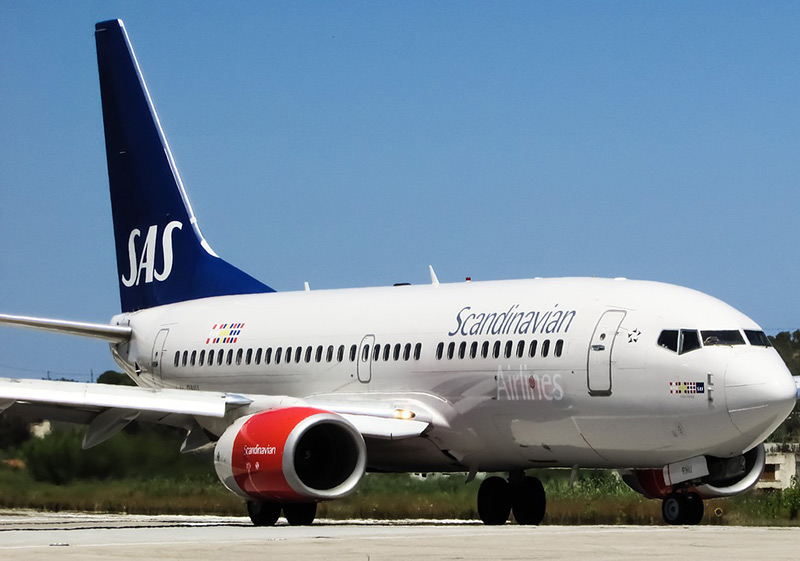
Norway started negotiations for the creation of a Scandinavian defense union but instead opted to become a founding member of the North Atlantic Treaty Organization (NATO).
The Labour Party retained power throughout this period and enforced a policy of public planning. Construction of new railroads, hydroelectricity plants, aluminum works, and a steel mill helped the country to recover, as did the hosting of the 1952 Winter Olympics in Oslo.
Throughout the post-war period, fishing and agriculture became more mechanized, while agricultural subsidies rose to the third-highest in the world. Heavy industry grew in the 1960s and Norway became Europe's largest exporter of aluminum.
The age of oil
In 1969, oil was discovered in the Ekofisk field, which would eventually become one of the largest oil fields in the world. The emerging industry not only created jobs in production but a large number of supply and technology companies were established.
High petroleum taxes and dividends from state-run Statoil earned the government significant revenues – and continues to do so.
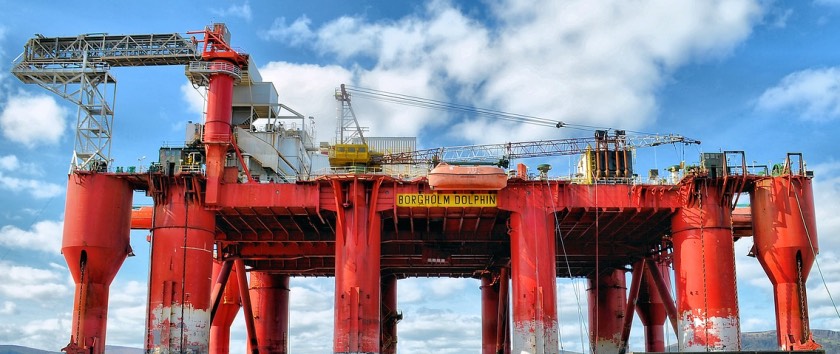
Stavanger in particular experienced a boom as an international workforce descended on the city, but the oil boom wasn’t all great news.
In 1977, Ekofisk experienced a major blowout and 123 people were killed when the Alexander Kielland accommodation rig capsized in 1980. Regulation increased, and by 1990 Norway was Europe's largest oil producer.
The population rejected EU membership in a 1994 referendum, but the country joined the European Economic Area and the Schengen Agreement.
These decisions contributed to the rise in population from 4.2 million in 1990 to 5.2 million in 2016. Population growth is expected to continue and hit 6 million sometime before 2030. What does the future hold for Norway? Only time will tell!
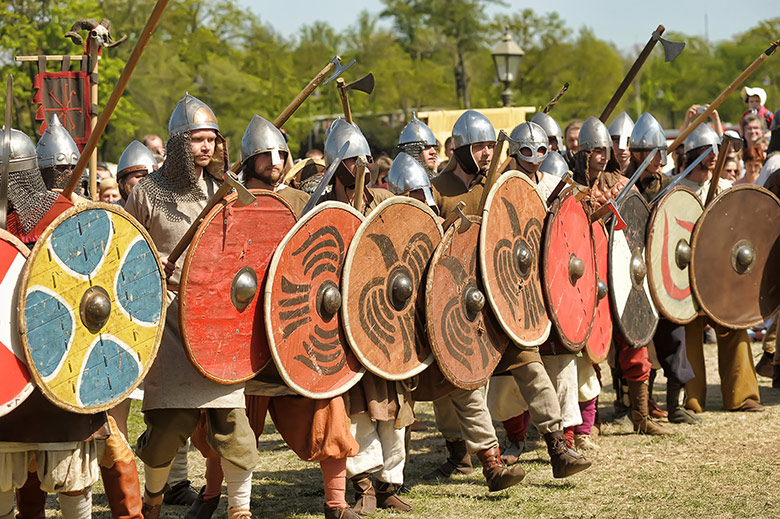
Comments
Post a Comment